Economic benefits from growing black beans
Black beans with green kernels are a drought-tolerant crop, resistant to pests and diseases, require little investment and care, have a short growing season, and yield high economic returns, making them very suitable for paddy fields during the dry season. The model of growing black beans with green kernels in a way that ensures food safety in Dang Ha commune is opening up a new direction for development for local farmers.
Thanks to proper crop conversion, the family of Ms. Trinh Thi Bay in Hamlet 3, Dang Ha Commune, has successfully cultivated green-hearted black beans on their 2,500 square meter garden land. According to Ms. Bay, green-hearted black beans are a drought-resistant crop that adapts well to barren land, is less susceptible to pests and diseases, has a short growing season, but yields high economic returns. With the current market price of green-hearted black beans at around 35-60 thousand VND/kg, it is estimated that 1 hectare of green-hearted black beans can generate an income of approximately 65 million VND per crop, twice that of rice and more than three times that of sweet potatoes. “Black beans are suitable for all types of soil; just weeding is needed, no fertilizer or pesticides are required, only nutrient-rich fertilizers. We harvest them in the morning, dry them, and thresh them in the afternoon to extract the seeds. It's not hard work, and the income is quite good,” Ms. Bay shared.
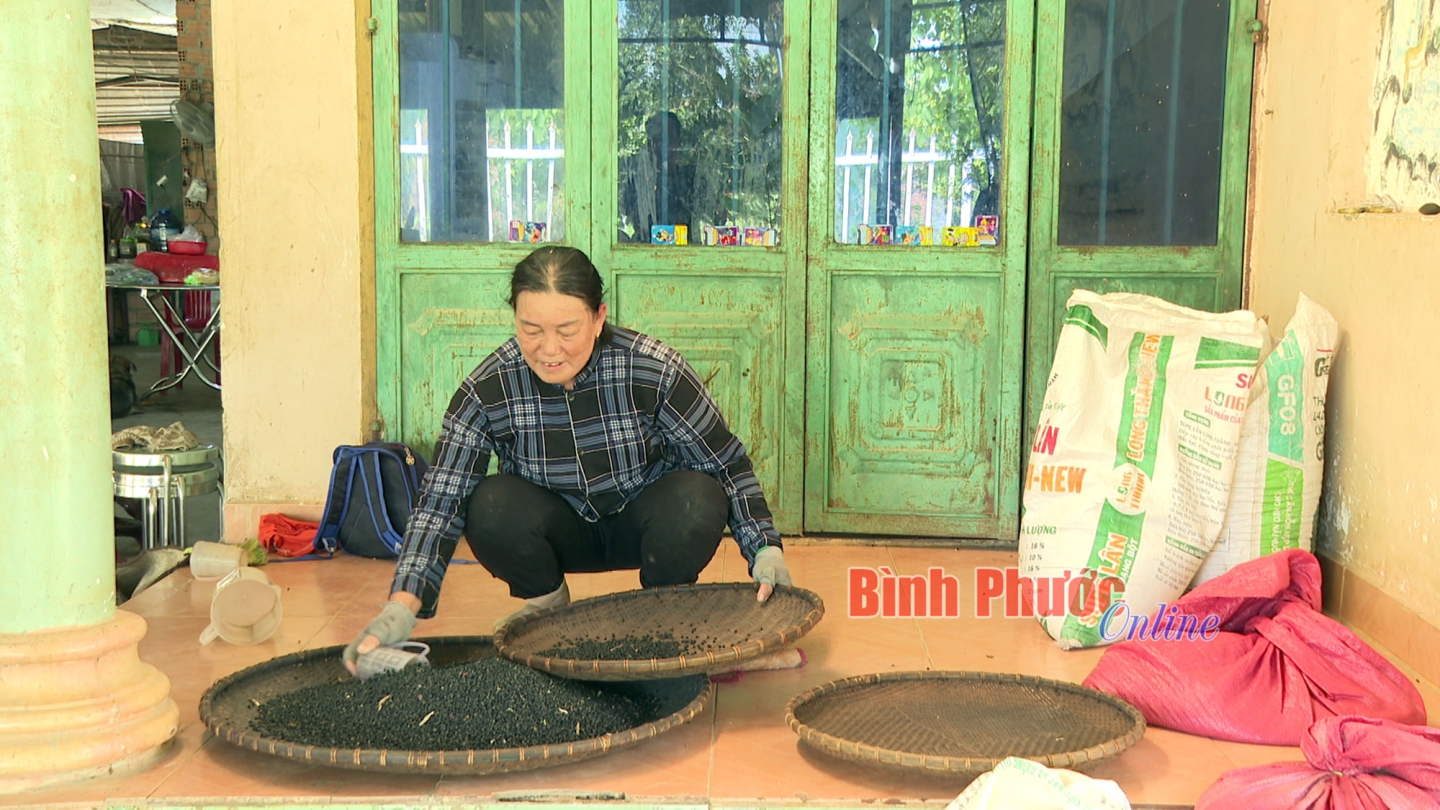
The advantages of this bean variety include disease resistance, high yield, short growing season (about 40 days to harvest), concentrated flowering, and low susceptibility to disease. In addition, it ripens quickly, allowing for harvesting within 20 days, with the first harvest yielding over 65% of the total yield. After harvesting, the plants can be collected and composted for the next crop.
Land previously used for rice cultivation has now been transformed by local farmers into areas for growing green-hearted black beans. This crop conversion not only yields high economic returns but also contributes to saving 75-80% of irrigation water compared to rice cultivation, prevents agricultural land from becoming fallow due to abandoned crops, increases soil fertility, reduces pest infestations, and minimizes the use of pesticides. This opens up a new direction for the locality, increasing economic efficiency and creating a stable product supply for the market.
High income from growing corn
During the dry season, many fields in Dang Ha commune cannot grow rice. Therefore, after harvesting the rice around the end of October in the lunar calendar, farmers clear the straw and plant high-yield corn. This year, the corn crop is abundant and the price is good, making the farmers very happy.
Four months ago, Mr. Ngoc Van Duong's family in Hamlet 3, Dang Ha Commune, planted 3 sao (approximately 0.3 hectares) of high-yield DK 6919 corn on their rice paddy land. The rice had just been harvested, the straw burned to ash for fertilizer, and the soil was still moist and soft, so Mr. Duong simply dug holes with a hoe and sowed the corn seeds. According to Mr. Duong, one sao of corn yielded 1.1 tons of dried corn. With the current selling price of 7,500 VND/kg, he earned nearly 25 million VND this season, higher than growing rice. "Because the fields are on higher ground, water doesn't reach them for rice cultivation, so I switched to growing corn. The yield is higher than rice, and it's easier to care for. The high-yield corn variety requires less fertilizer and sells at a good price," Mr. Duong said.
Mr. Trieu Van Huu's family planted 1.4 sao (approximately 1,400 square meters) of corn and harvested 1.8 tons of kernels. This corn crop was bountiful for his family; the ears were uniform, had many kernels, and yielded a high harvest. Quite satisfied with the income from corn, Mr. Huu said that growing corn doesn't require much care and is less affected by weather than rice. The important thing is choosing the right variety and diligently monitoring the plant's growth. If he wanted to sell while the ears were still young, the company would come to the farm to harvest both the plants and the ears. However, selling them that way wouldn't fetch a high price, so he decided to let the corn mature and sell the kernels, which yielded more than double the profit compared to growing rice. Mr. Huu said he planted the 6919 corn variety, which has small ears, small husks, and small cobs, but a higher yield.
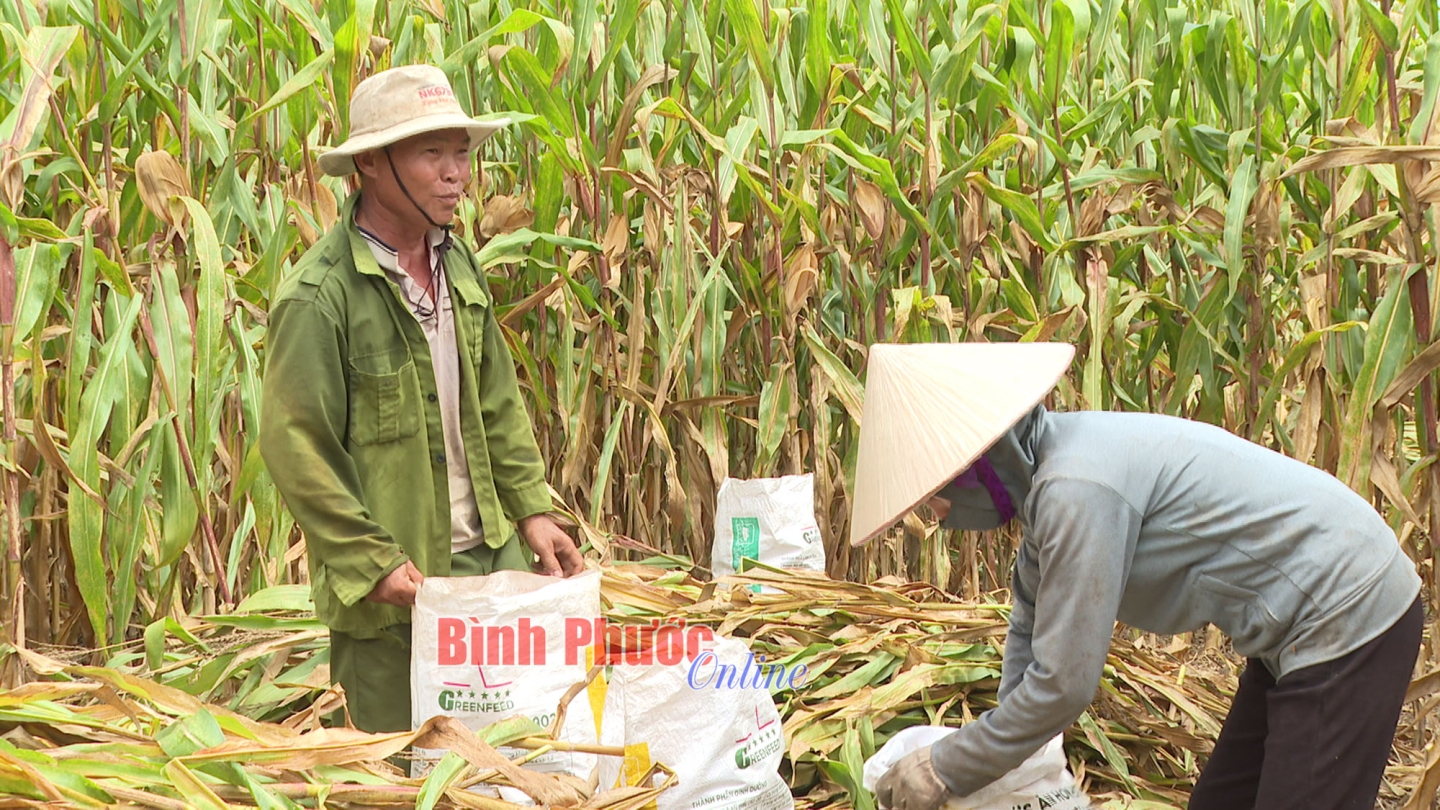
Dang Ha is a predominantly agricultural commune, with rice cultivation being the main crop. However, in recent years, income from rice has not been high. Especially during the dry season, many fields lack water, so people have switched from three rice crops to one rice crop and two corn crops. Corn is suitable for the soil and climate conditions in Dang Ha commune, requires little care, and yields high productivity with stable prices. Therefore, many households are happy and enthusiastic about growing corn.
Besides growing black beans and corn, many farmers also grow mung beans to increase their income and improve the soil. This is not only a solution to "use short-term gains to support long-term growth" but also a safe buffer that helps farmers be more proactive in production, especially when unpredictable weather disrupts the main rice planting season.
Planting short-term crops such as black beans, mung beans, and corn to green the rice fields after the rice harvest is an effective solution, offering dual economic and environmental benefits. Expanding this model not only contributes to the goal of green growth but also represents a concrete step in implementing the policy of transforming crop structures to adapt to climate change. It also provides a solution to the problem of developing efficient agriculture while ensuring the preservation of land, water, and ecosystem resources.
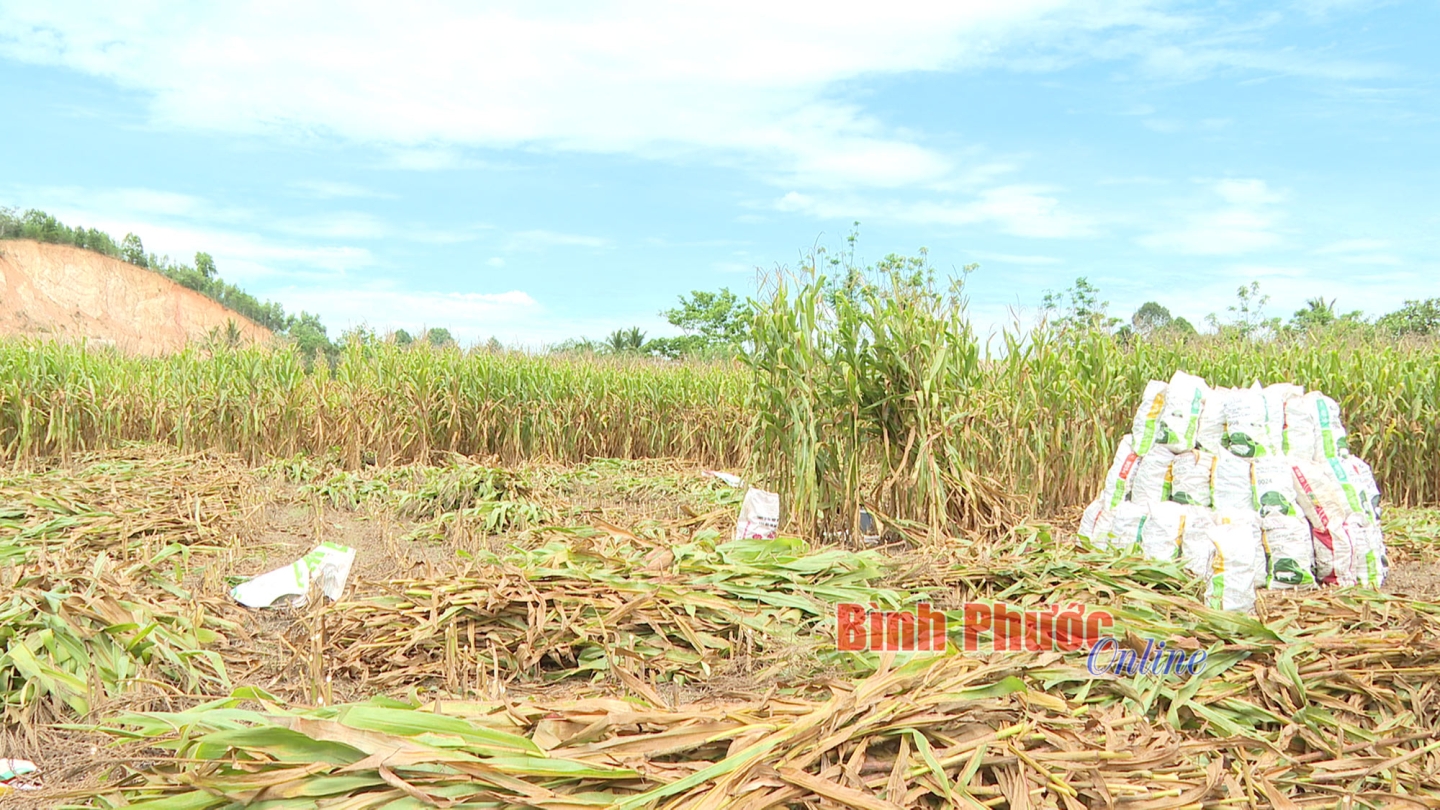
Source: https://baobinhphuoc.com.vn/news/4/173253/tang-thu-nhap-nho-luan-canh


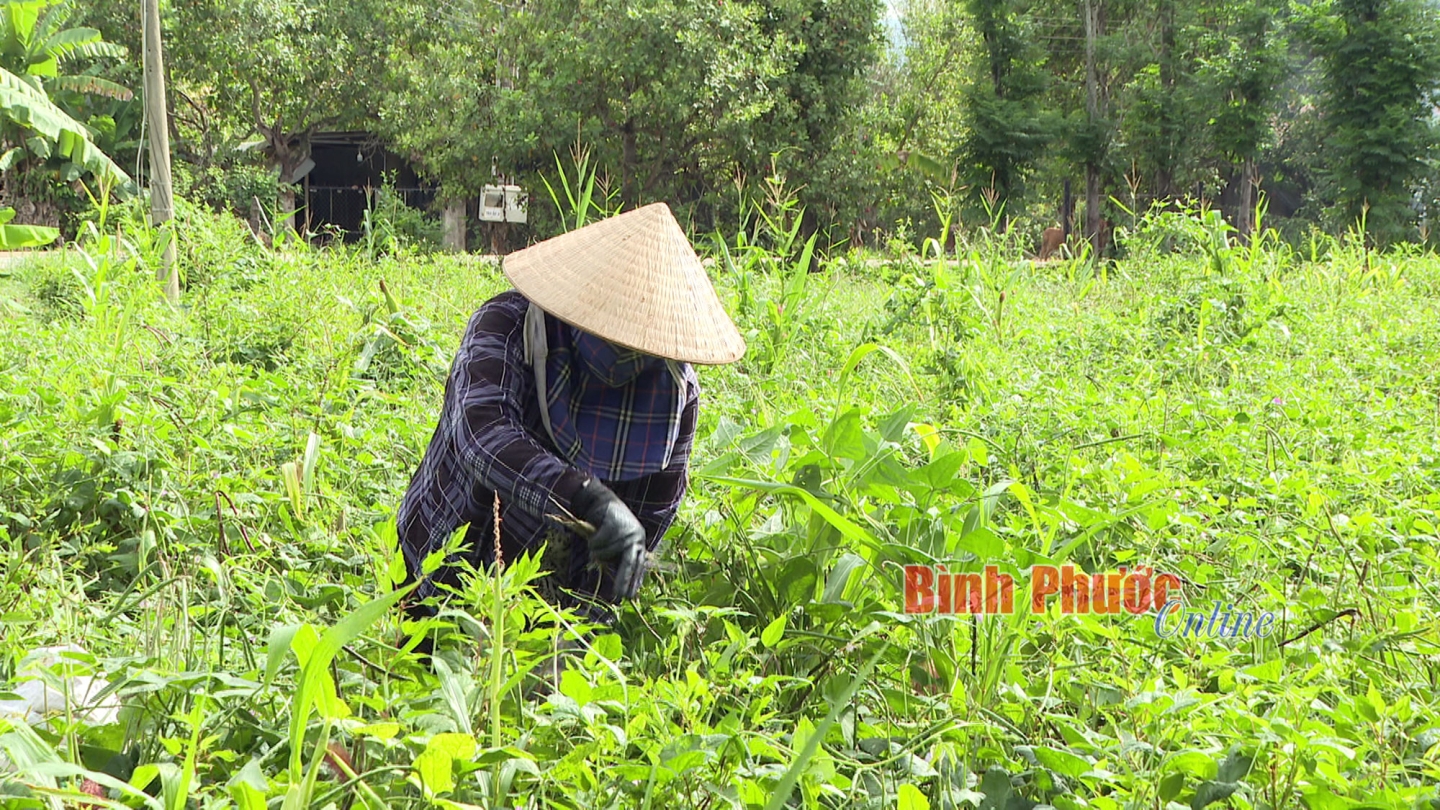
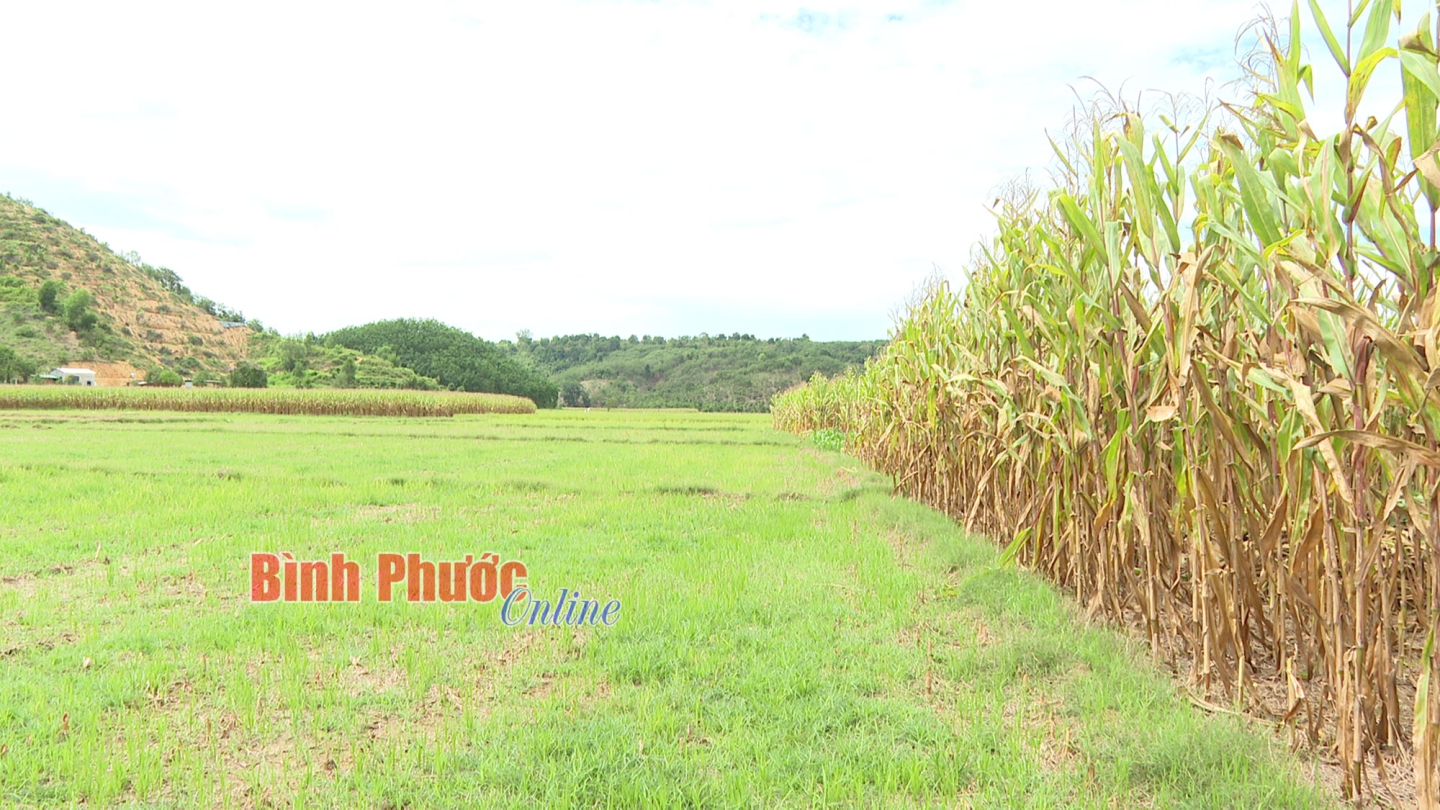

![[Photo] Prime Minister Pham Minh Chinh attends the Conference on the Implementation of Tasks for 2026 of the Industry and Trade Sector](/_next/image?url=https%3A%2F%2Fvphoto.vietnam.vn%2Fthumb%2F1200x675%2Fvietnam%2Fresource%2FIMAGE%2F2025%2F12%2F19%2F1766159500458_ndo_br_shared31-jpg.webp&w=3840&q=75)



















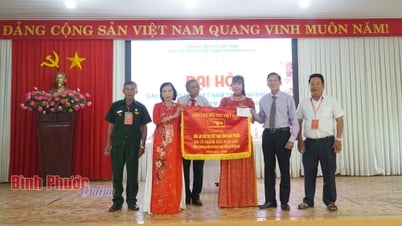
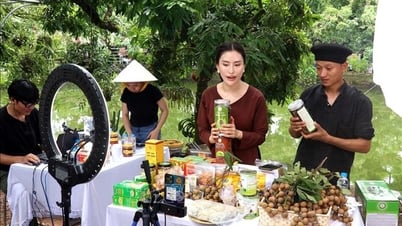
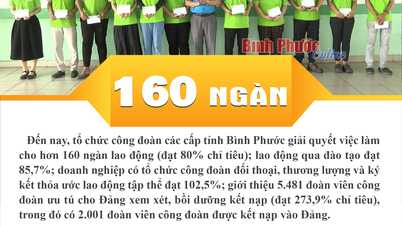


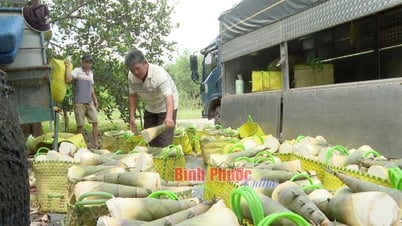








































































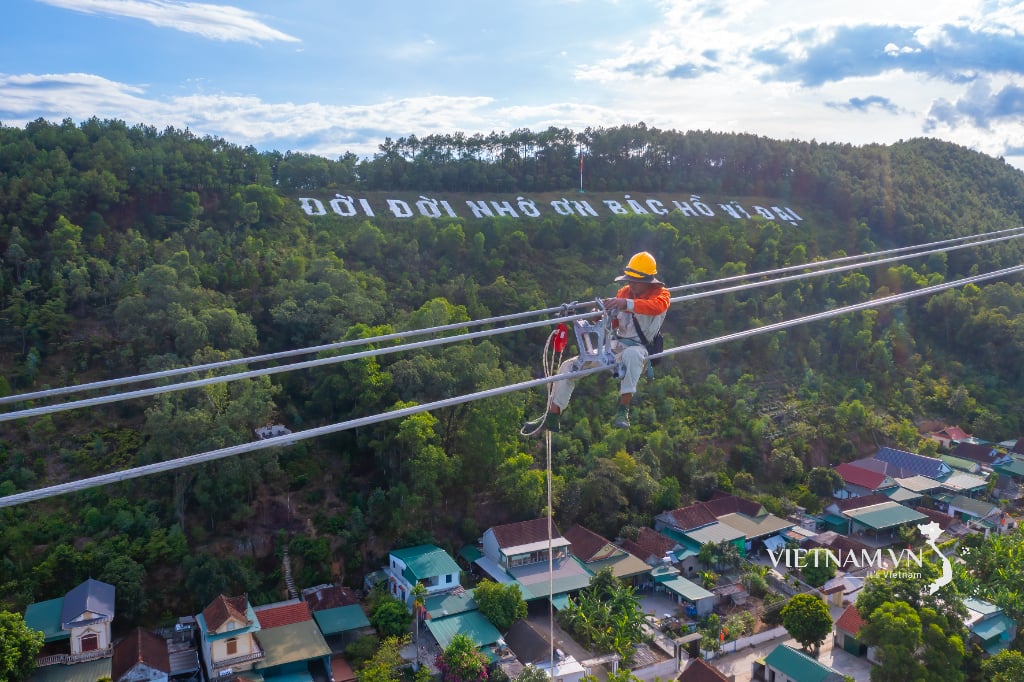
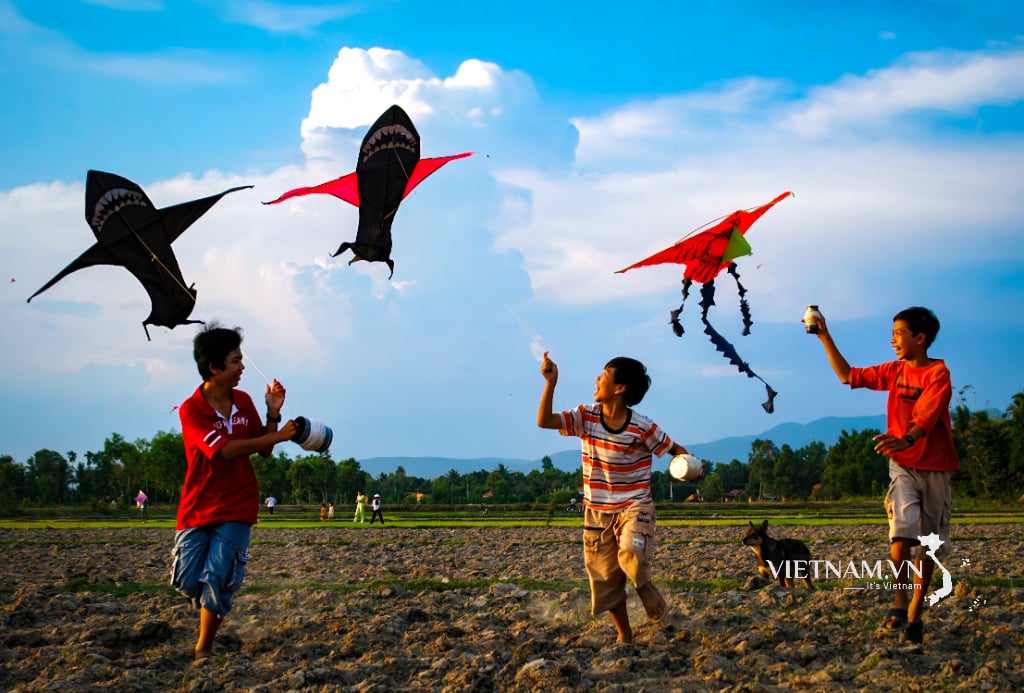

Comment (0)